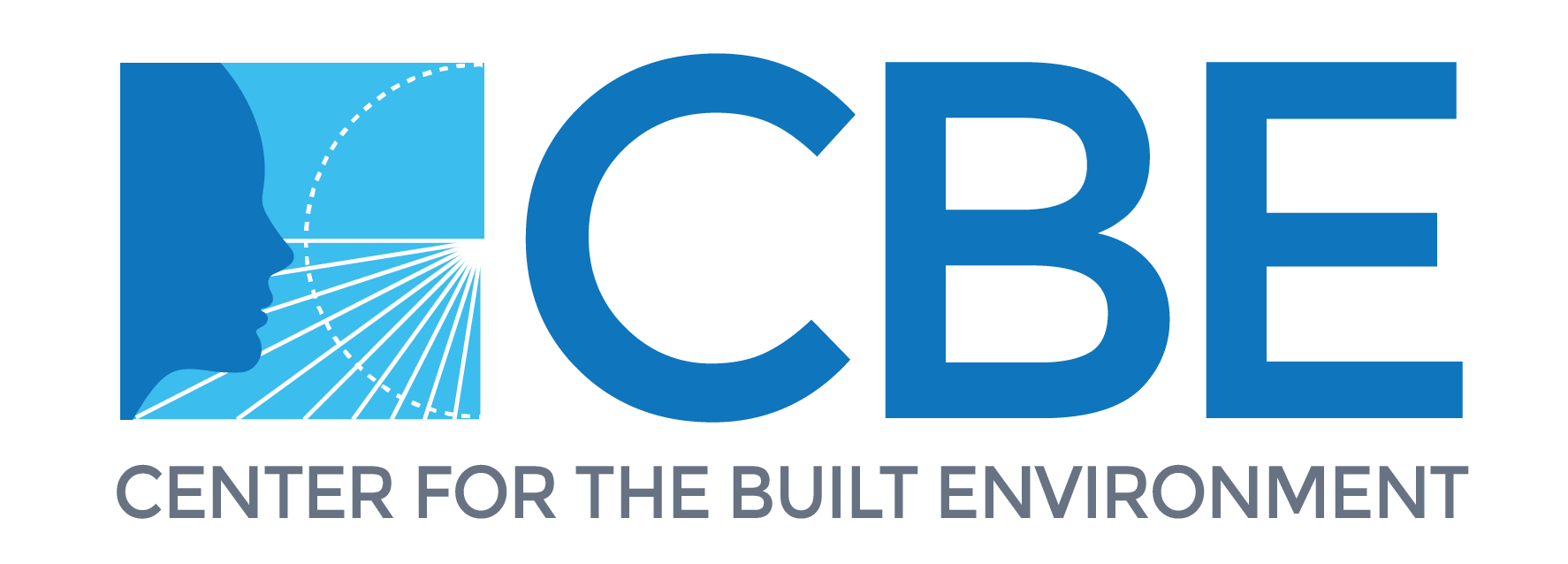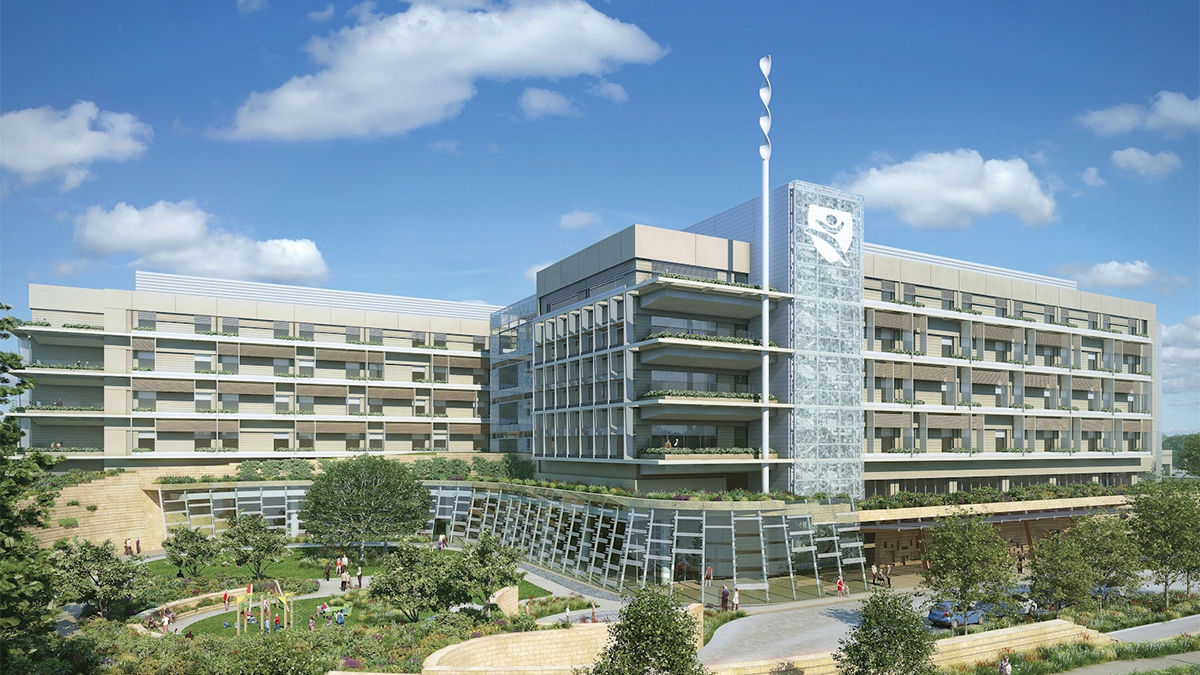
Centerline Team June 18, 2020
Founded in St. Paul, Minnesota, Harris is a leading national mechanical contractor specializing in design and engineering, construction, controls, service, manufacturing, conveyors and end-to-end building systems with over 70 years of experience. From power plants to hospitals, stadiums to concert halls, Harris brings a spirit of creative problem solving and a commitment to excellence in delivery to every project, no matter the size, complexity or location.
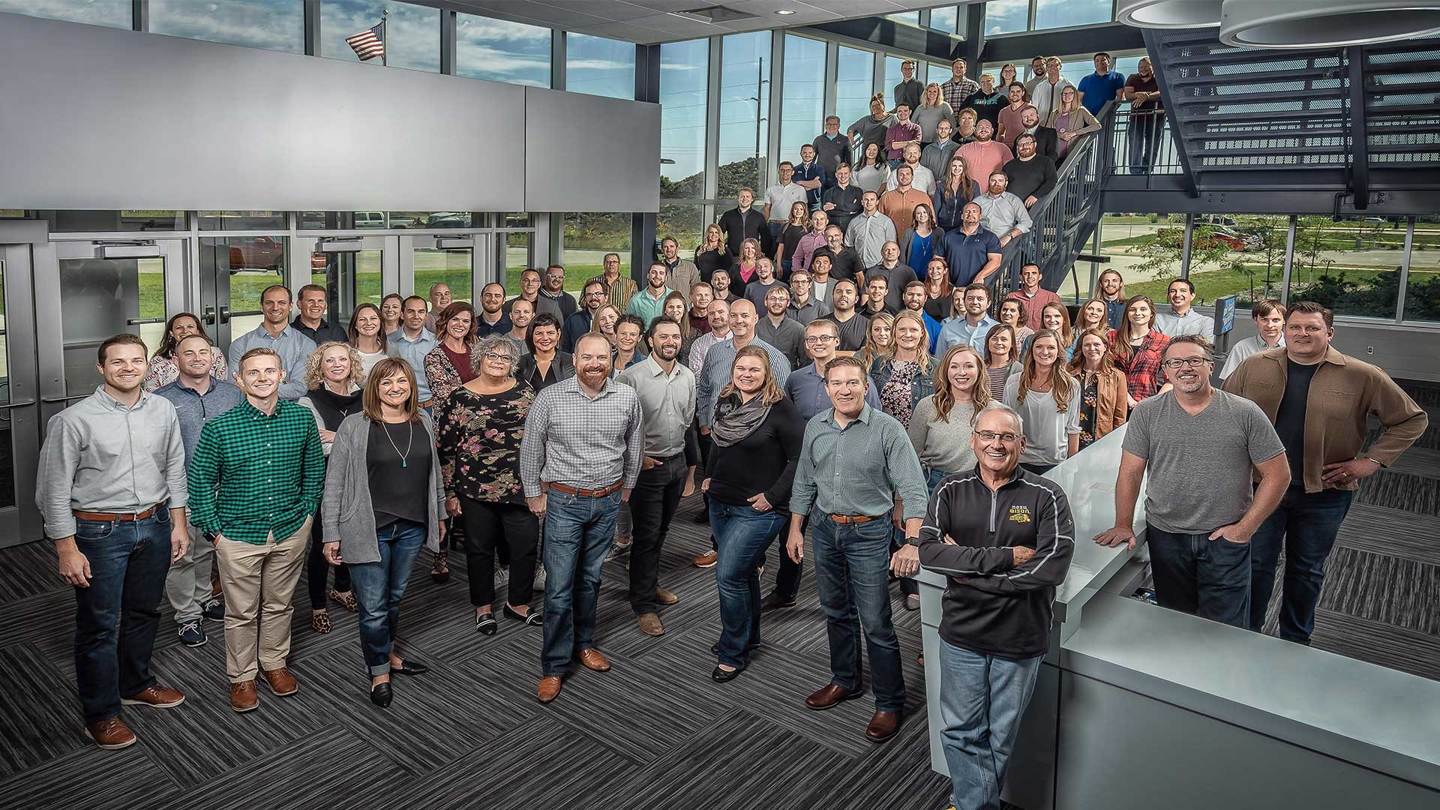
Centerline Team May 20, 2020
Joining CBE’s consortium this spring, JLG Architects has won national accolades for both its design portfolio and for its highly supportive work environment, gaining recognition as one of the ‘50 Most Admired Companies’ in America by MSN Money, as one of ‘50 Best Places to Work’ by Inc. magazine, and as ‘2019 Design Firm of the Year’ by ENR Mountain States.
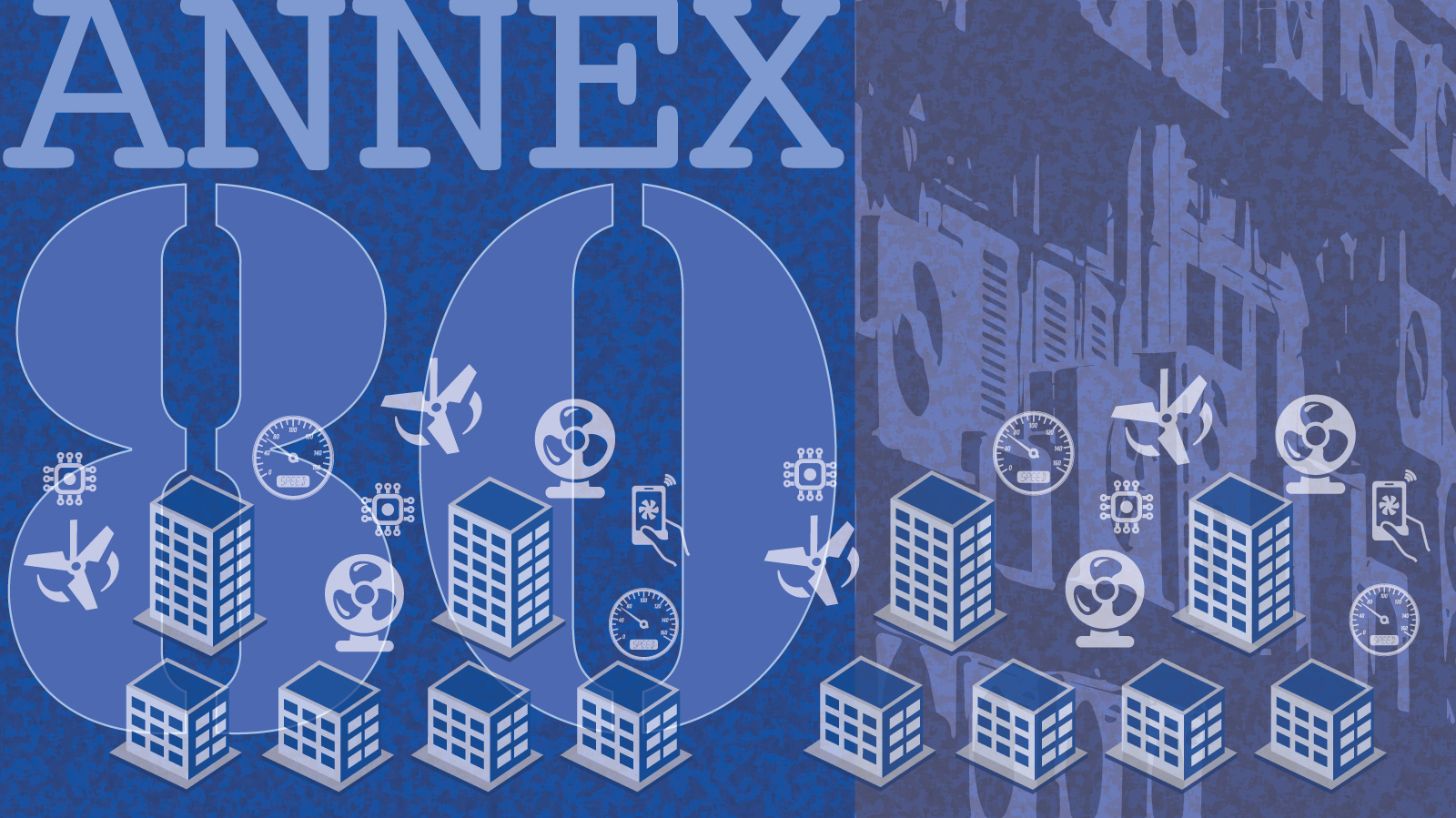
David Lehrer May 20, 2020
CBE researchers are part of a research program on “Resilient Cooling for Buildings,” supported by an international association of governments, industry and researchers. The main objective is to support the rapid adoption of resilient, low-energy and low-carbon cooling systems for buildings. This work will also serve to help cities and communities better contend with climate-based and demand-based power outages.
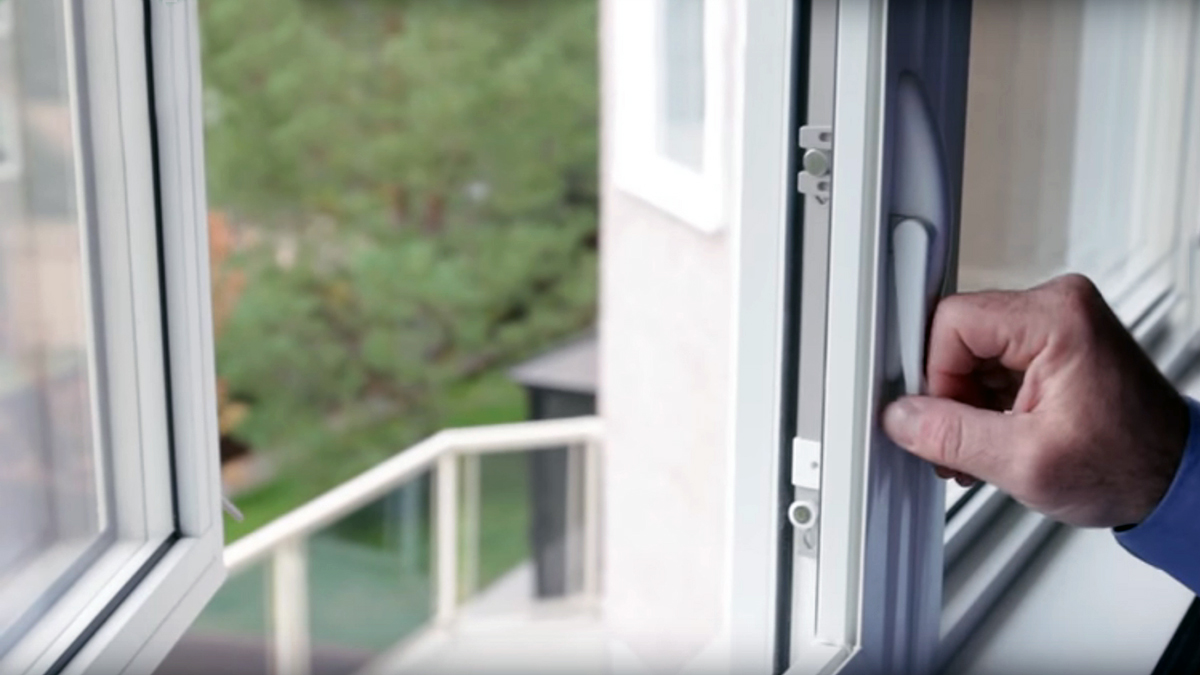
Gail Brager and Tom Parkinson April 15, 2020
Using an extensive trove of thermal comfort research data, CBE’s research team recently published a set of ‘nudges’ to the existing adaptive comfort standards to improve comfort in commercial buildings while potentially reducing energy use. This work updates the landmark study from 1998 by Gail Brager and Richard de Dear on the Adaptive Comfort Model (ACM), which demonstrated that people in naturally ventilated buildings were more comfortable with seasonal temperature variation compared to people in air-conditioned buildings.

David Lehrer April 15, 2020
Millions of people are working at home to prevent the spread of Covid-19, creating stress and impacting our well-being and productivity. Science shows that time spent in nature may improve our health and emotions, however, when we are not able to be in nature physically, we may derive benefits simply by access to windows with views. A study recently published by CBE found that a view from a window has positive impacts on emotion, cognitive performance and thermal comfort.
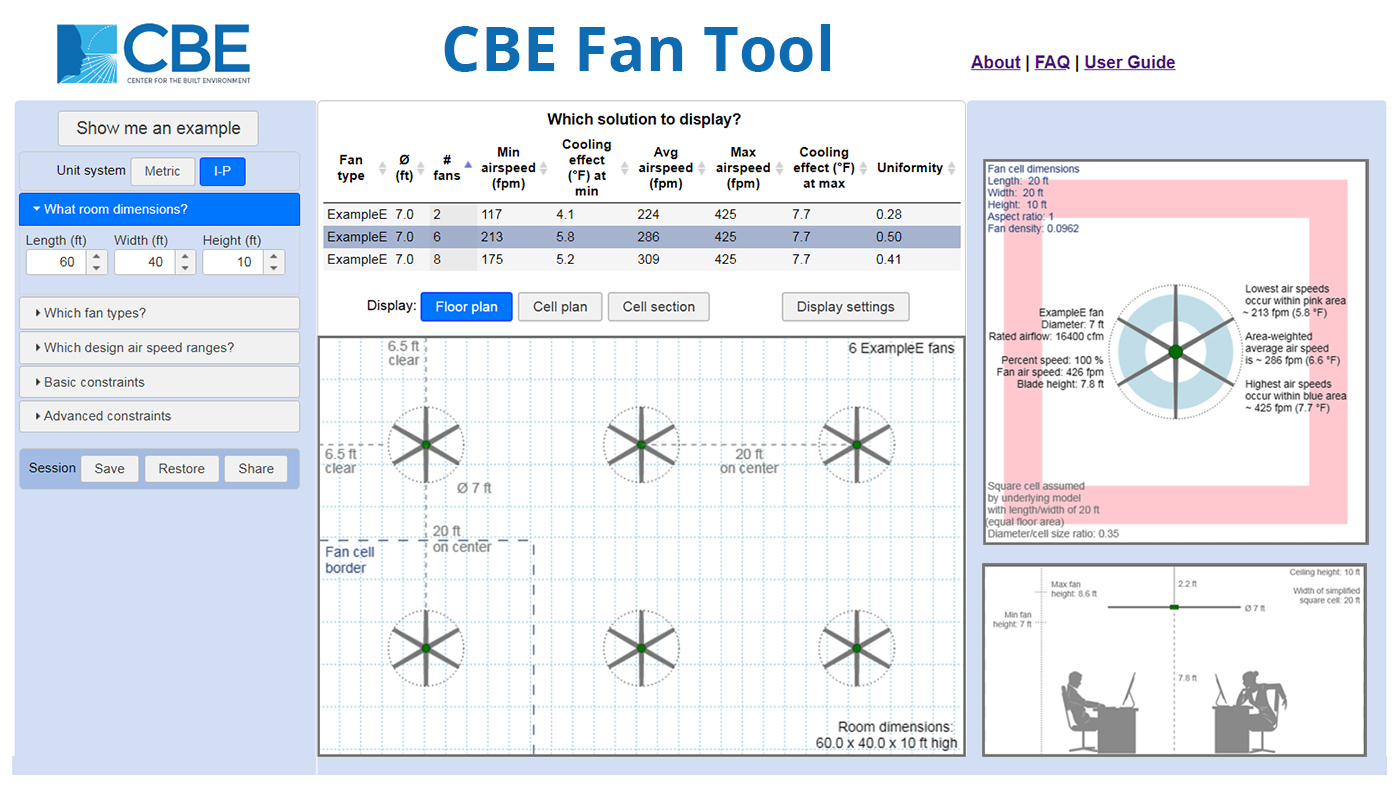
Centerline Team February 13, 2020
CBE recently launched an online tool for designing with ceiling fans, making it easier for designers to create highly energy efficient and comfortable spaces. The tool was created based on years of research that have demonstrated that ceiling fans can keep a person cool while using only a fraction of the energy required by air conditioning.
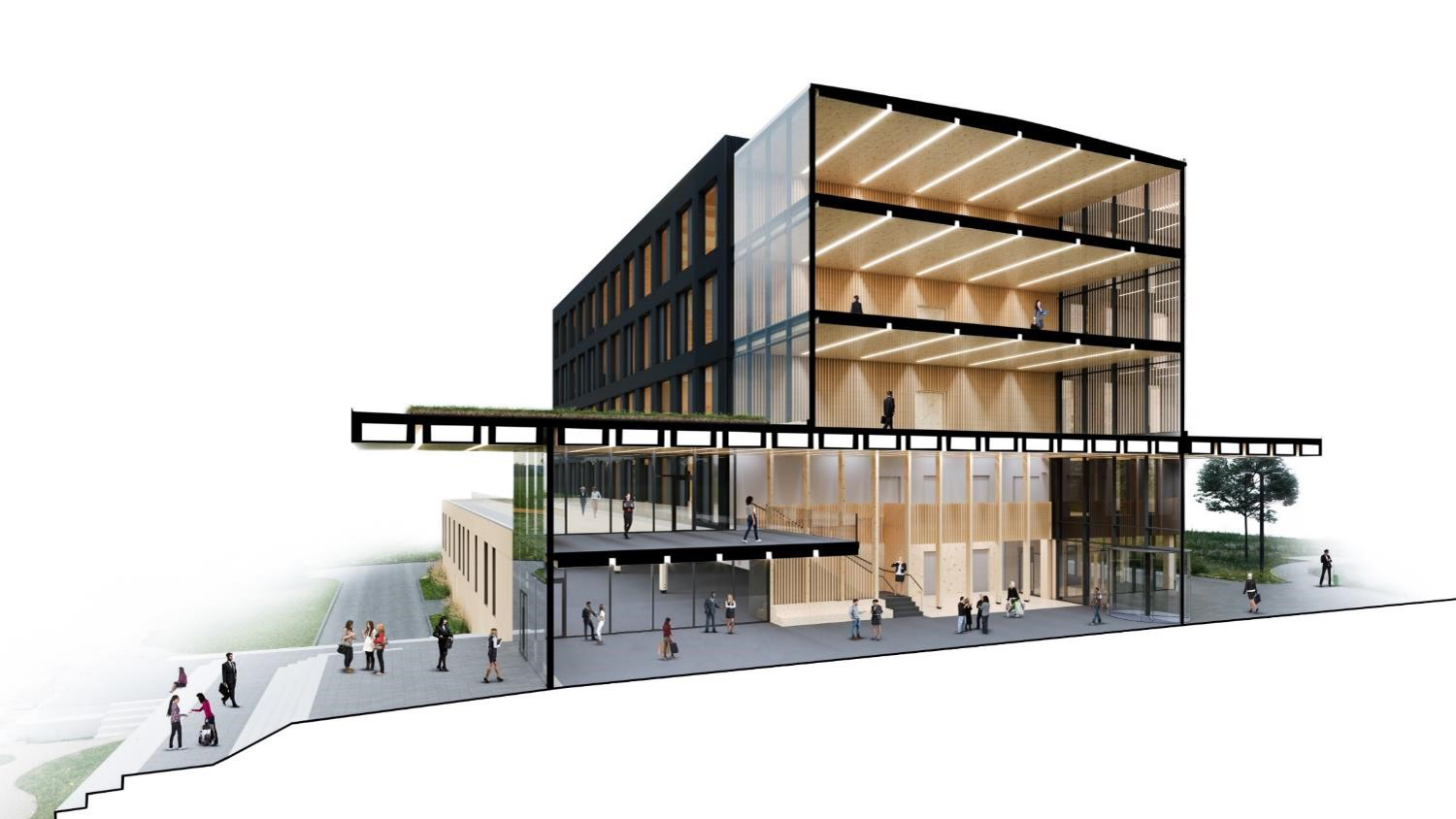
Centerline Team February 13, 2020
Joining CBE this spring, McKinstry is a national leader in designing, constructing, operating and maintaining high-performing buildings. With offices throughout the U.S., their mission is to make every building they touch more efficient.
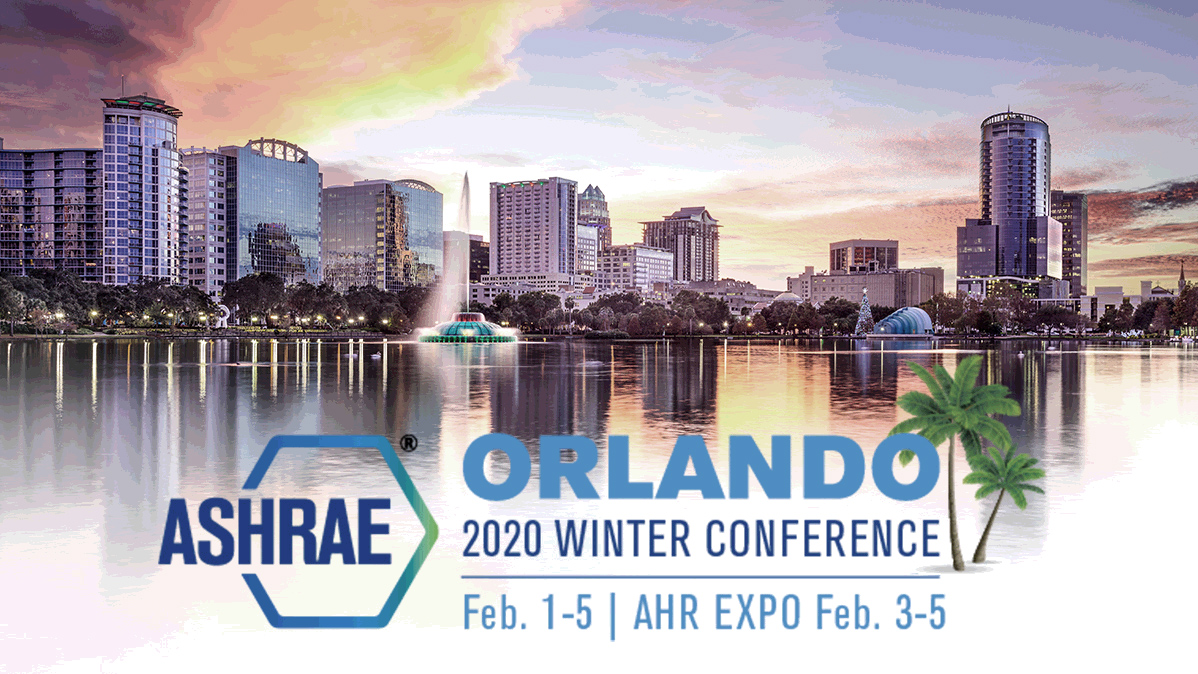
Jessica Uhl January 23, 2020
CBE researchers, students and visiting scholars will present recent findings and design tools at the 2020 ASHRAE Winter Conference on February 1-5 in Orlando.
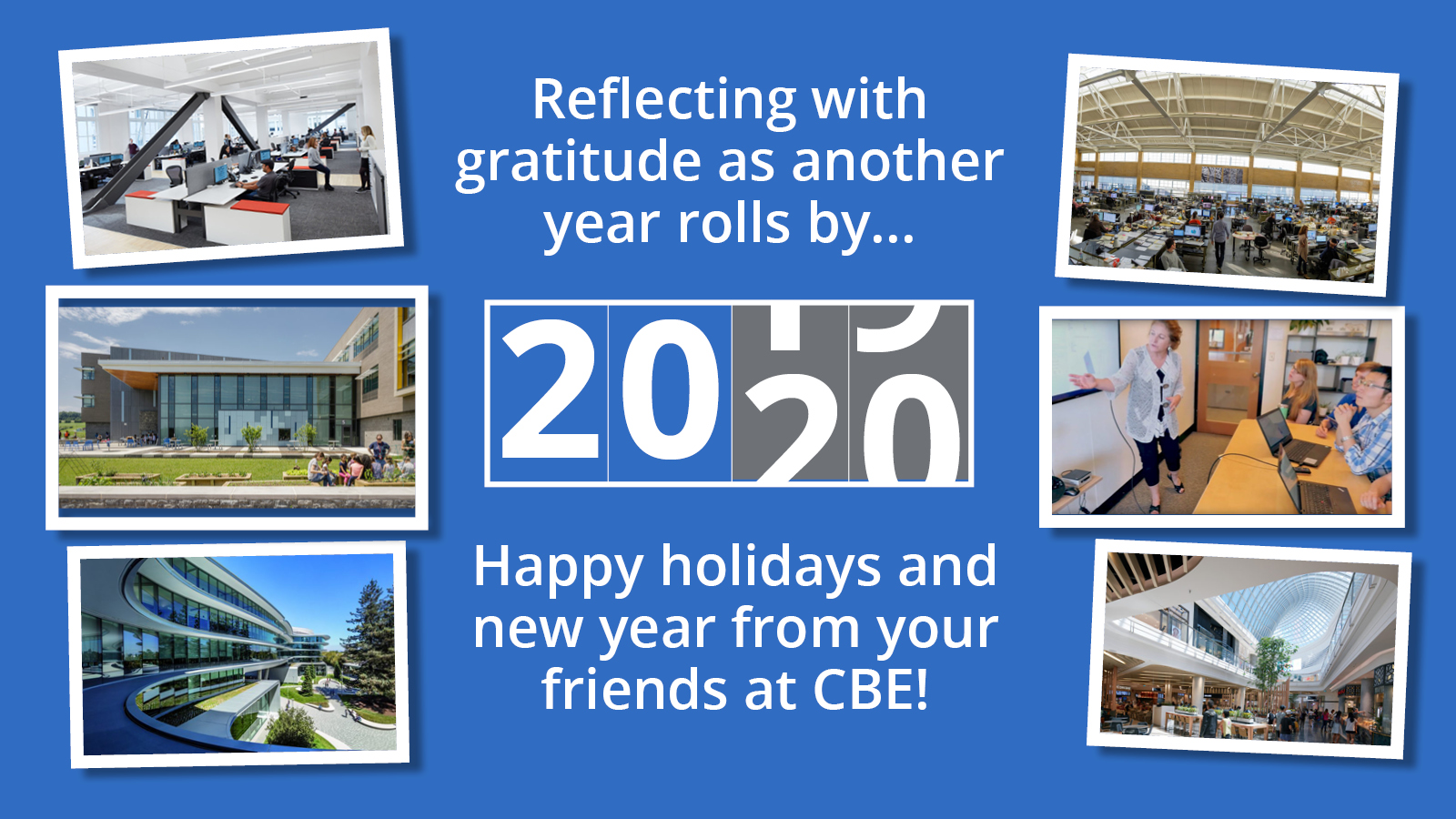
Centerline Team December 16, 2019
As we count down the days until the start of a new decade, it’s a good time to reflect on this year’s events, including ones that have increased our sense of urgency for environmental concerns. Here at CBE, our research team is celebrating number of important milestones along our path to improve the way buildings are designed, operated and occupied. In this blog post we highlight some of our accomplishments from 2019.
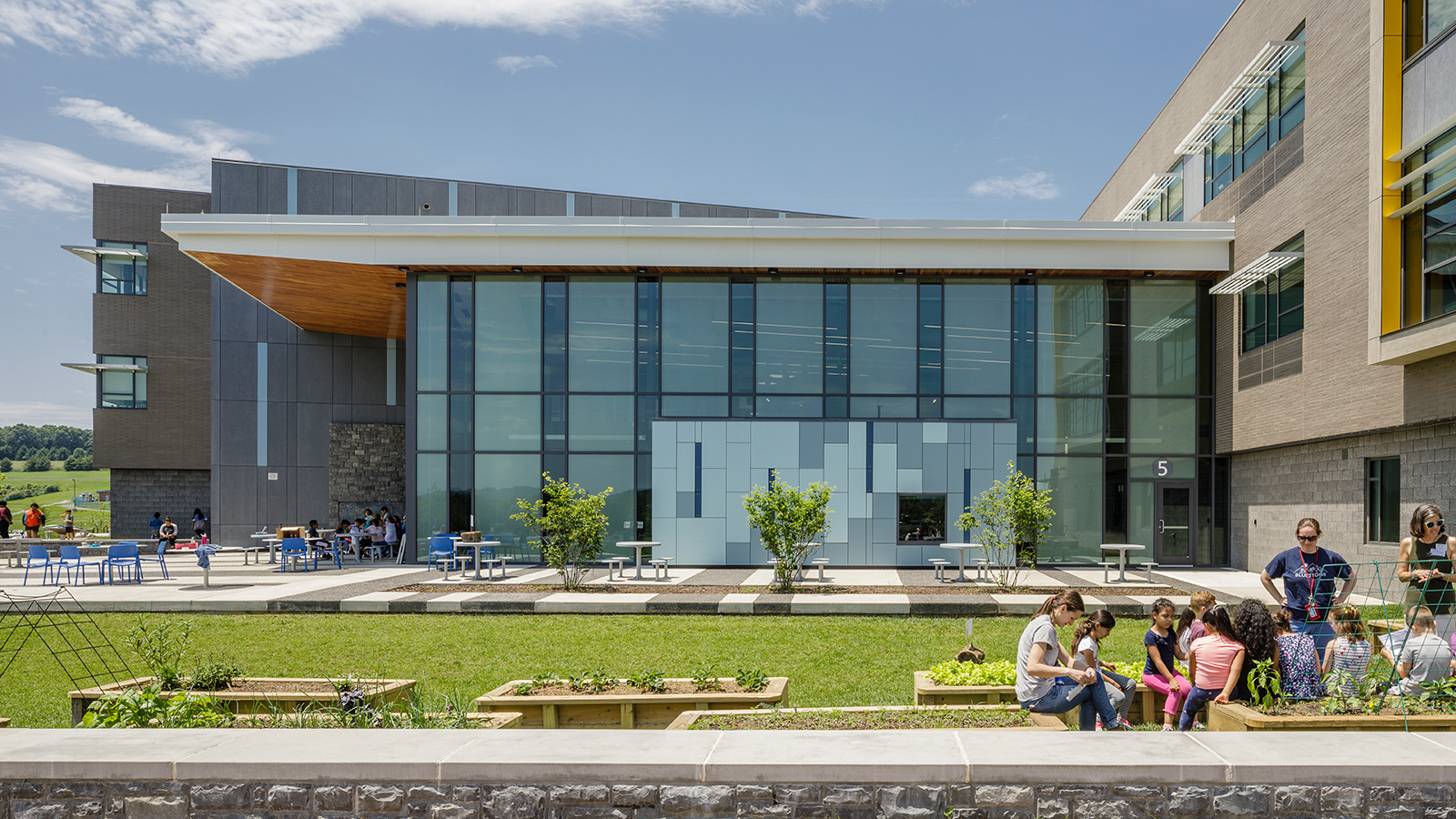
David Lehrer November 15, 2019
Two buildings that demonstrate excellence in architectural design and sustainability, and are well liked by building users, have been recognized with Livable Buildings Awards by UC Berkeley’s Center for the Built Environment. Bluestone Elementary School of Harrisonburg, Virginia, by a design team led by VMDO Architects, received the top award. The jury also conferred an honorable mention to HGA’s office relocation in San Francisco. The award results were announced at CBE’s industry advisory board meeting last October.

